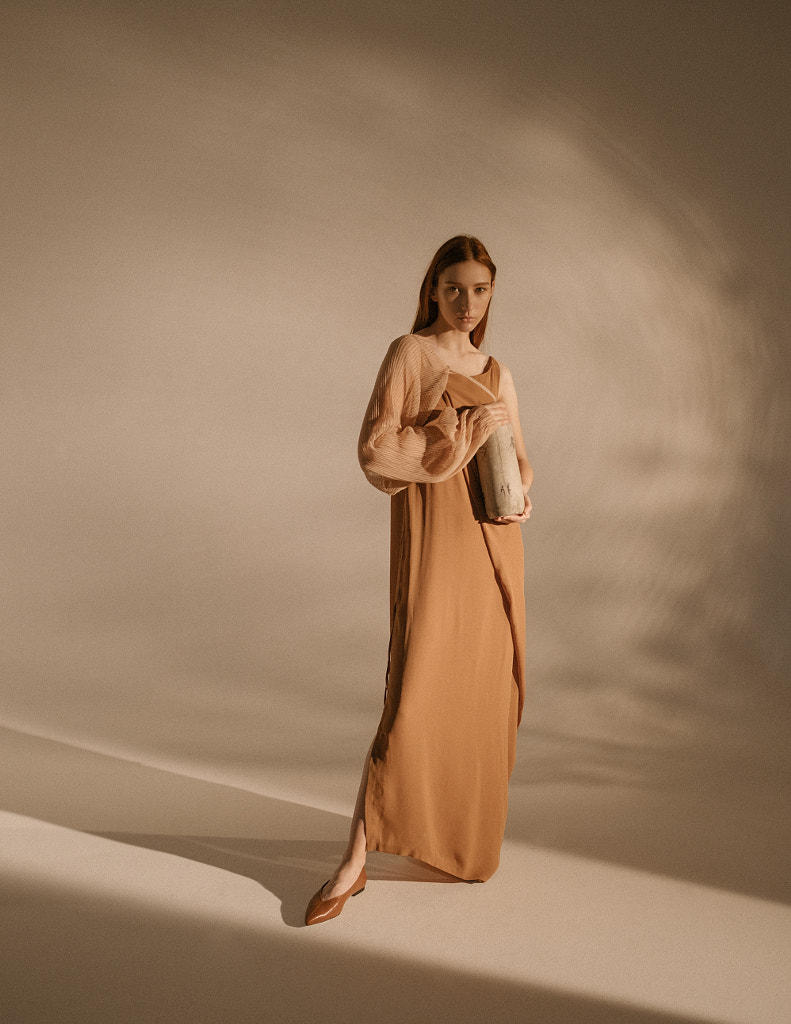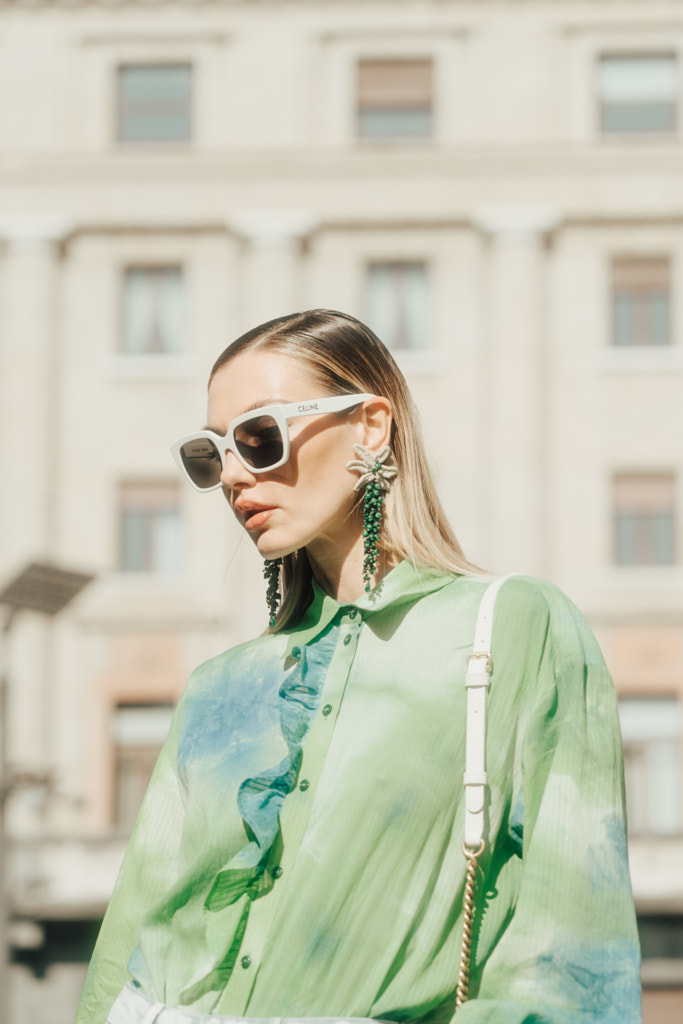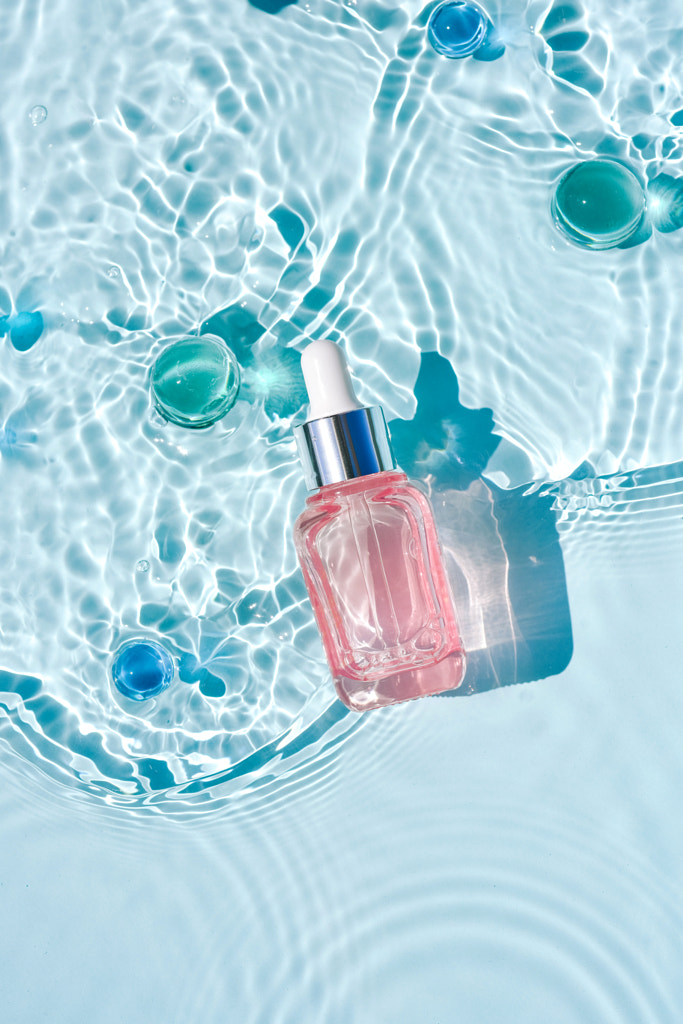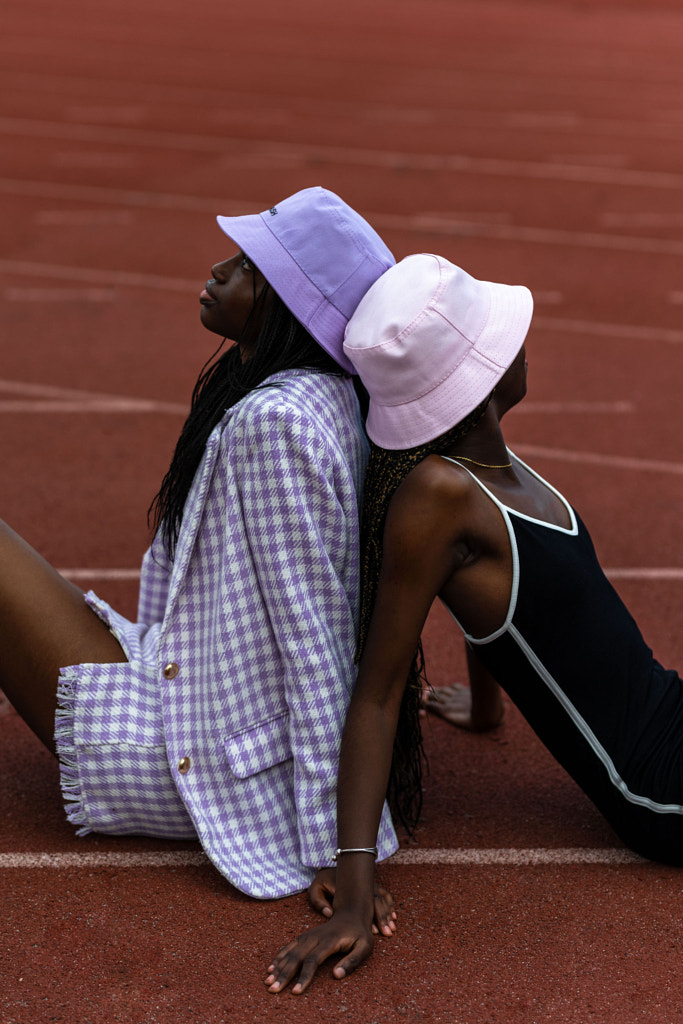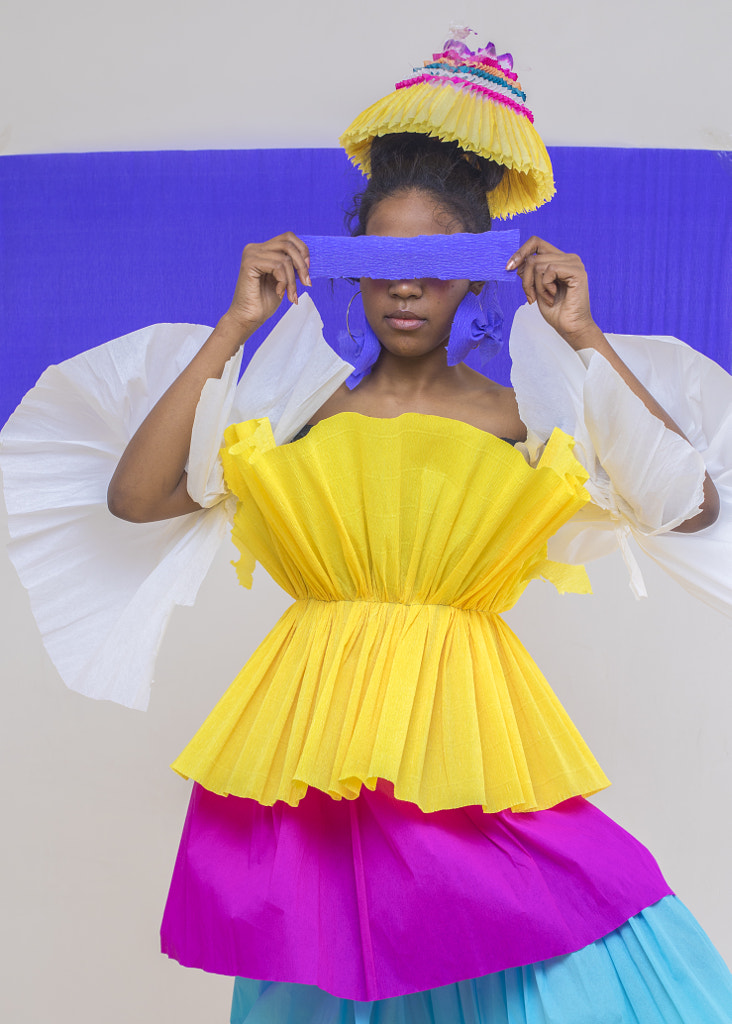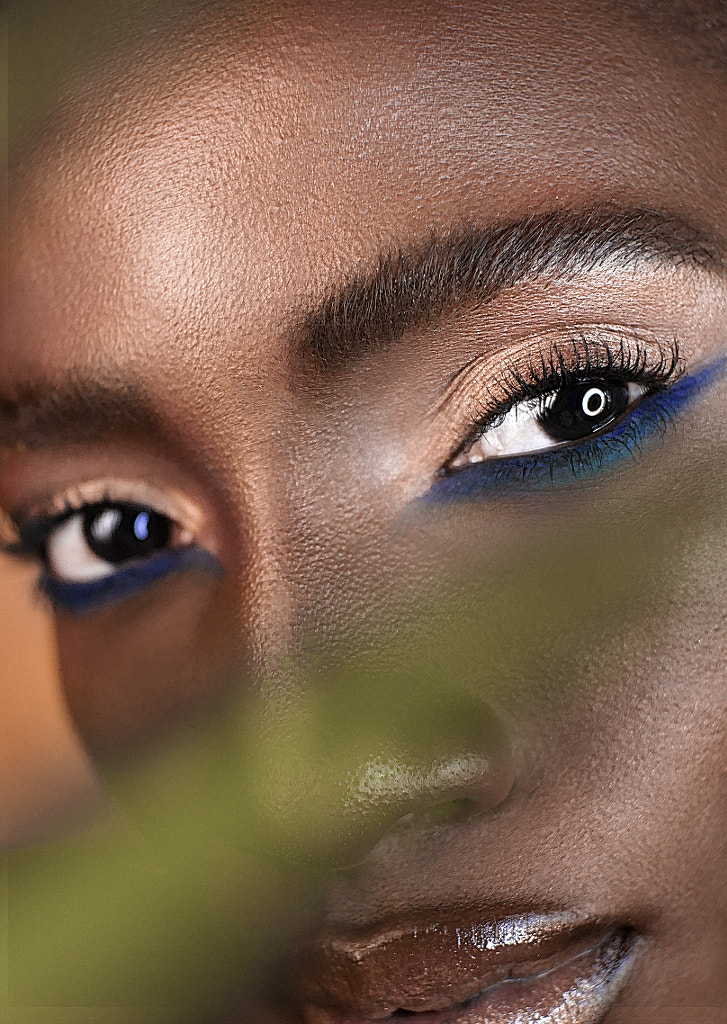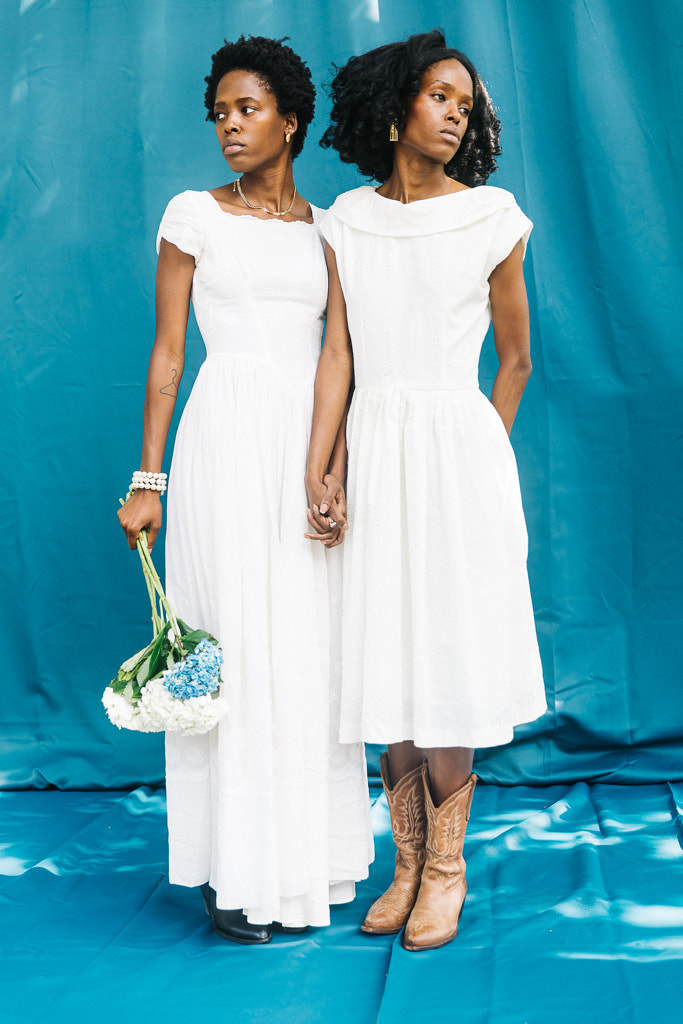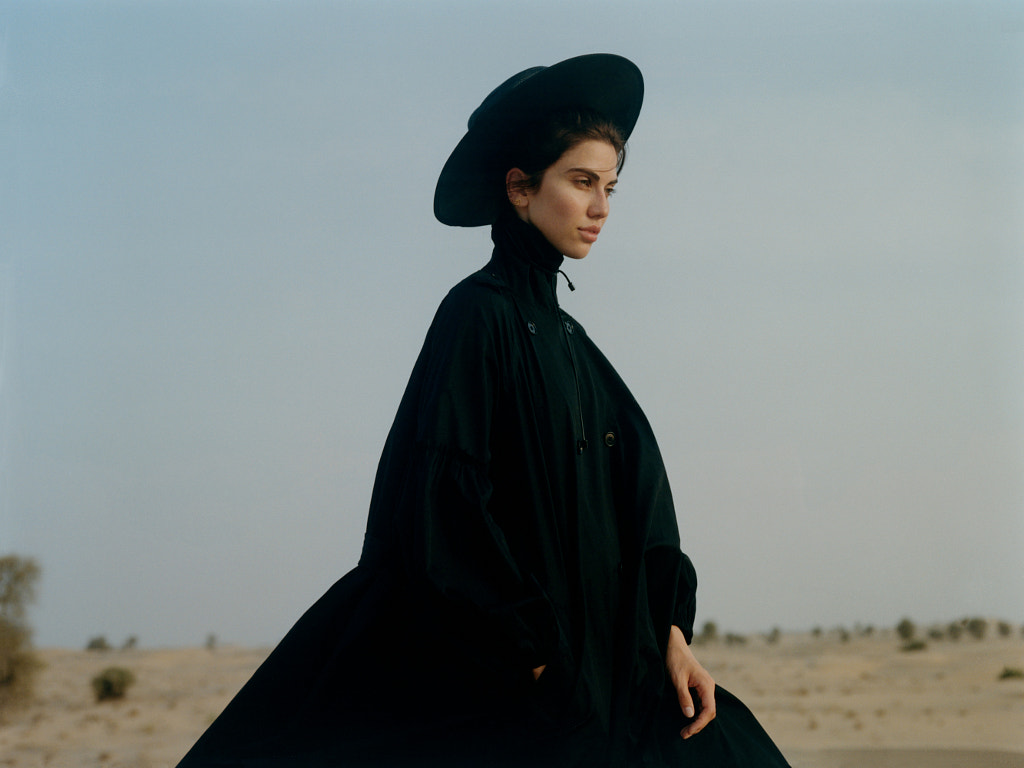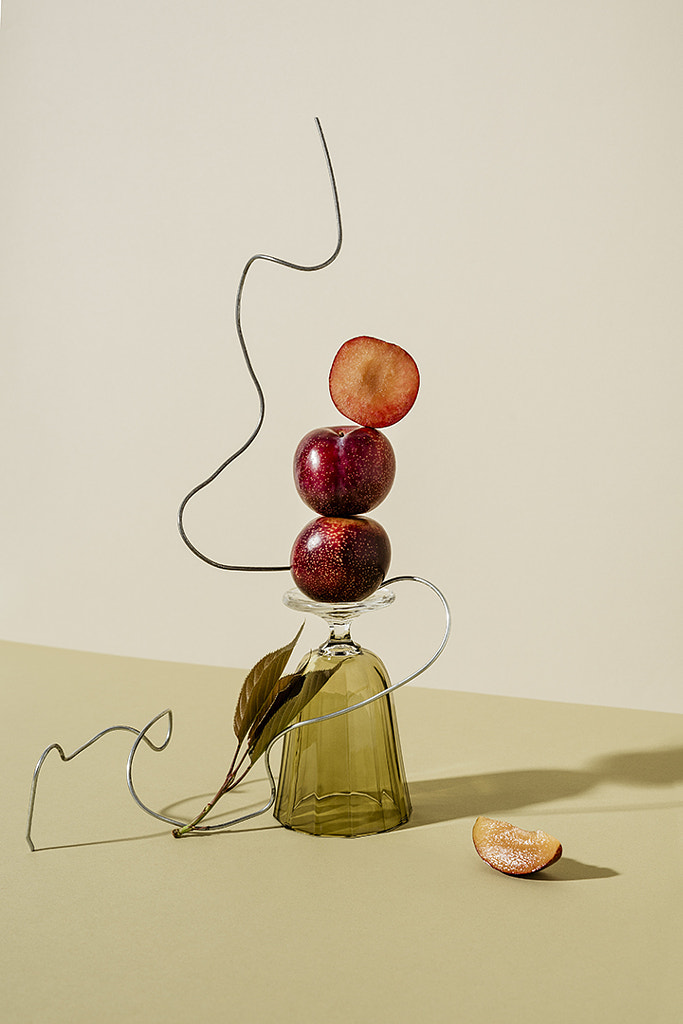In recent months, Balenciaga launched a furry pink pop-up shop in London, Dior opened its renovated flagship store in Paris, and Gucci debuted a luxury boutique in Austin. Pinterest named “Limitless Luxe” as one of their top trends for 2022, citing increases in search terms for everything from “luxury powder room” to “luxury kids bedroom.” Meanwhile, Etsy predicted the rise of the “Regencycore” aesthetic and vintage luxury.
Fortunately, you don’t need endless financial resources to infuse your photography with a touch of that luxury lifestyle. While commercial photography might be about selling a product, editorial and lifestyle photography is about inspiring people to dream. When flipping through the pages of Vanity Fair or Vogue, it’s just as much about the fantasy as it is the actual garments.
When shooting an editorial, the photographer generally has the freedom to tell a cohesive story of their own, rather than relying solely on someone else’s ideas; tell that story well, and the budget doesn’t matter nearly as much as you might expect. Here are our best photography tips for elevating your editorial shoots and giving them that extra layer of artistry and flair.
Use references
A mood board forms the foundation of your fashion or still life shoot, so take some time to pull images that inspire you. You can refer to branding photography from leading brands, whether you prefer the romantic aesthetic of Zimmermann; the edgy, glam vibes of Fenty; or the warm, natural feel of Jacquemus.
Browse social media, magazines, and 500px for ideas, and then curate and refine your collection of images. These inspirational shots will give you an idea of the theme or narrative, color palette, lighting style, and textures you want to include for a luxury aesthetic and a refined editorial.
Watch–and anticipate–the trends
From fashion to interior design to food and still life, trends help shape our visual culture. You don’t have to use all of them, but keep an eye out for ideas you can use and reinterpret through an artistic lens. Florentina Olareanu, for example, created this fashion series the summer before Pantone announced “Very Peri” as their Color of the Year, giving the shoot a modern edge and fashion-forward perspective. Similarly, this vibrant photograph from Mohamed Osman, created a few years back, anticipated the “maximalism” trend taking over runways today.
Start with natural light…
Natural daylight is hard to beat—if you time your session correctly. Indoors, experiment with placing your subject by a window, and use a v-flat to manipulate the scene. The white side will reflect light and fill in those shadows, while the black side with add shadows for more drama.
If you’re shooting outdoors, bring a reflector to bounce that light, and look for areas of open shade for diffuse, even lighting. Make sure, too, to thoroughly scout your location and schedule your shoot to coincide with weather conditions that’ll suit your goals.
…and then invest in a few studio lights
Once you’ve mastered natural light, you can start investing in studio lights. LEDs are a more affordable place to start, while strobes offer more power and control. Check out this article on upleveling your work for a quick introduction to artificial light.
Collaborate creatively
In freelance photography, trusting a team with your vision can help elevate it and bring it to life, so look for make-up artists, wardrobe stylists, or prop, floral, and food stylists who could become long-term collaborators. The photographer Olubambi Oresanya, for instance, teamed up with the makeup artist Adella Artistry to create the look above.
Do some research online, and reach out on social media. Ideally, these creatives are at the same stage in their careers as you are, so you can help build each other’s portfolios and support one another’s work. The beauty of working with stylists is that they’ll have the expertise and contacts to get you what you need, from wardrobe to props, while also providing tips and input along the way.
Browse thrift shops (or shop your closet)
If you’re not working with a designer or prop stylist, you can always visit secondhand stores yourself, gathering versatile objects and garments for your collection as you go. For tips on how to find those hidden gems, check out The Photographer’s Guide to Thrifting.
You might also be able to rent or borrow items, depending on your relationship with local boutiques and designers. Finally, you might also have things lying around at home that you can use. Dig into your closet or your models’ to see what you can use. “Sometimes, all it takes is one statement piece of clothing that the entire scene is structured around,” the 500px team explains.
Make your own backdrops
Hand painted backdrops can instantly elevate a fashion or portrait shoot, but the backdrops you see in the pages of Vanity Fair, such as those made by Oliphant Studios, are carefully crafted, require time and skill, and aren’t cheap. The good news is that you can make a painted backdrop at home: buy some high-quality canvas, PVA primer, and matte paint in the colors of your choice. Set aside a couple of days for painting, and apply multiple layers for a textured effect.
Mind the details
Editorial photography often comes down to the details: the pleating on a skirt, the shine on a shoe, or the pop of color on your model’s eyes or lips. For that reason, it’s important to check throughout the shoot to make sure everything’s just right, from how the fabric hangs and moves on the model to the position of props within the frame.
Bring a steamer and lint roller for clothing, and consider touching up hair and makeup as you go—especially on long, hot days. This is where having a stylist or makeup artist again comes in handy, as they’ll be able to notice and adjust things in real-time, while you’re focused on the big picture.
Stay open to experimentation
What separates editorial photography from conventional commercial or product photography can boil down to the execution, so don’t be afraid to break the rules. This could mean experimenting with prisms or soft-focus lenses, or it could mean going with a fully monochrome color palette.
In the 1950s, Lillian Bassman introduced high contrast by intentionally overexposing parts of her pictures, and Horst P. Horst embraced dazzling colors. In the 1990s, Juergen Teller made high-flash photography cool, and Corinne Day helped thrust the “grunge” style into the mainstream. In creative photography, it’s usually the risk-takers who make the biggest splash.
You could even introduce sculptural props and compositions for a creative photoshoot. “Unexpected styling can elevate an image,” the 500px team shares. Look to other art forms for ideas. Tatjana Zlatkovic, for example, regularly finds inspiration for her still life work in architecture.
For more lifestyle photoshoot tips, check out our guide to making your photos feel more authentic.
Not on 500px yet? Sign up here to explore more impactful photography.
The post The luxury aesthetic and how to achieve it for editorial and lifestyle shoots appeared first on 500px.
